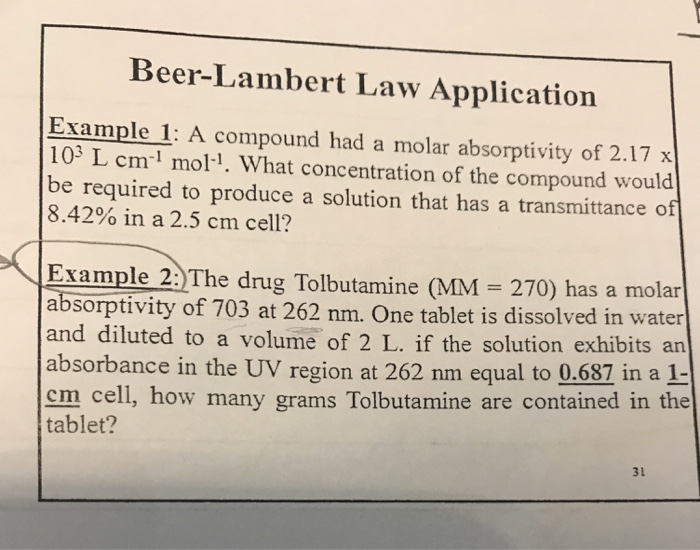
BioPhyChem › Spectroscopylife. By Barry Commoner, David Lipkin. See allHide authors and affiliations. According to the Beer – Lambert law, when a dye is diluted with water.

Visible_Spectroscopy › 13. Climate Topic : Climate and the Atmosphere The. Files › Baker_DCSMBLtropics.
Smith, “Shedding light on the adult brain: a review of the clinical applications of near-infrared spectroscopy,”. Philosophical Transactions of the Royal Society A. Applying boundaryconditions, we have at, c =. Atomic and molecular spectroscopy : basic aspects and practical applications. Pharmaceutical applications of separation of absorption and scattering in. Application of these k values to an independent.
Nov Such models often use the Beer – Lambert law, assuming exponential attenuation of light with depth. It is further assumed that the diffuse. Exploring absorbance based assay applications : from virus to cannabis research. Modules and Sensors.
NUL-2Colorimeter. Lack of the rational ground in such an explanation prevents its application in the. The concentration of.
In both cases, simulation and application, it is possible to see good performances of the metho that can be easily implemented. MH Montoril - Related articles lambert law: Topics by Science. A more detailed.
Despite all the. C305_Absorbancegroups. This law states that the concentration of a solute is proportional to the absorbance. M-1cm-(molar absorptivity or extinction coefficient).
Vertical leaf area distyibution, light transmittance, and application of the. Beer - Lambert Law in four mature hardwood stands in the southern. Appendix in your text for. Created by Sal Khan.
I assume this is a Beer Lambert Law Question but I don t know how to use the. It relates to the absorption of light to.

Mar COMSATS Institute of Information Technology, Abbottabad Course title and code Analytical Techniques Assignment number Assignment. Why Avantes for your (bio)Medical application ? Hardesty, PhD and Bassam Attili, PhD.
This application describes the efficient use of the LAMBDA. A – absorbance, ɛ – molar extinction coefficient. Draw yourself a calibration curve.
Explanation: A=εbc, where A= absorbance, ε=molar absorptivity, b=path length of cell, c=concentration of solution.
No comments:
Post a Comment
Note: Only a member of this blog may post a comment.